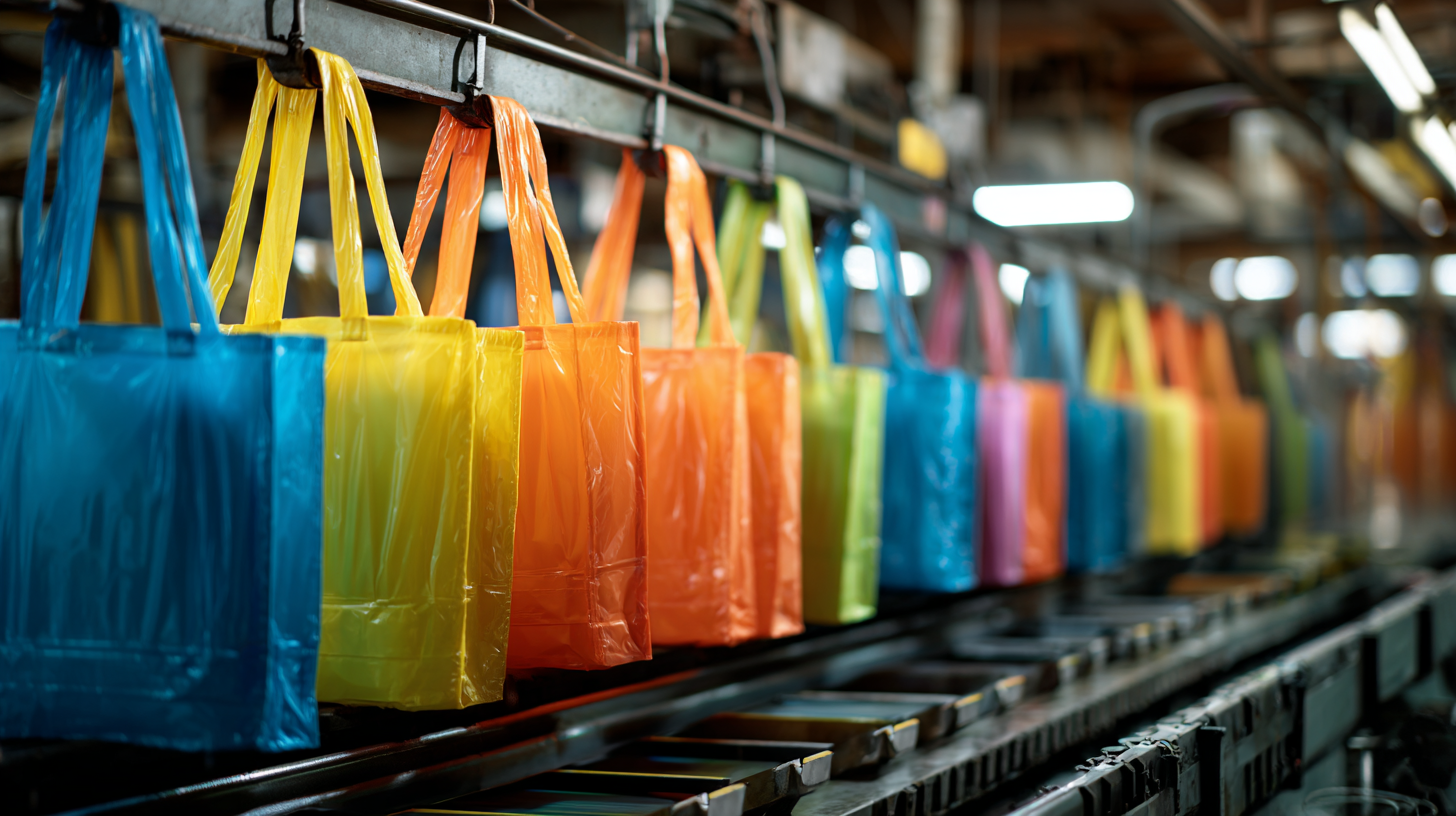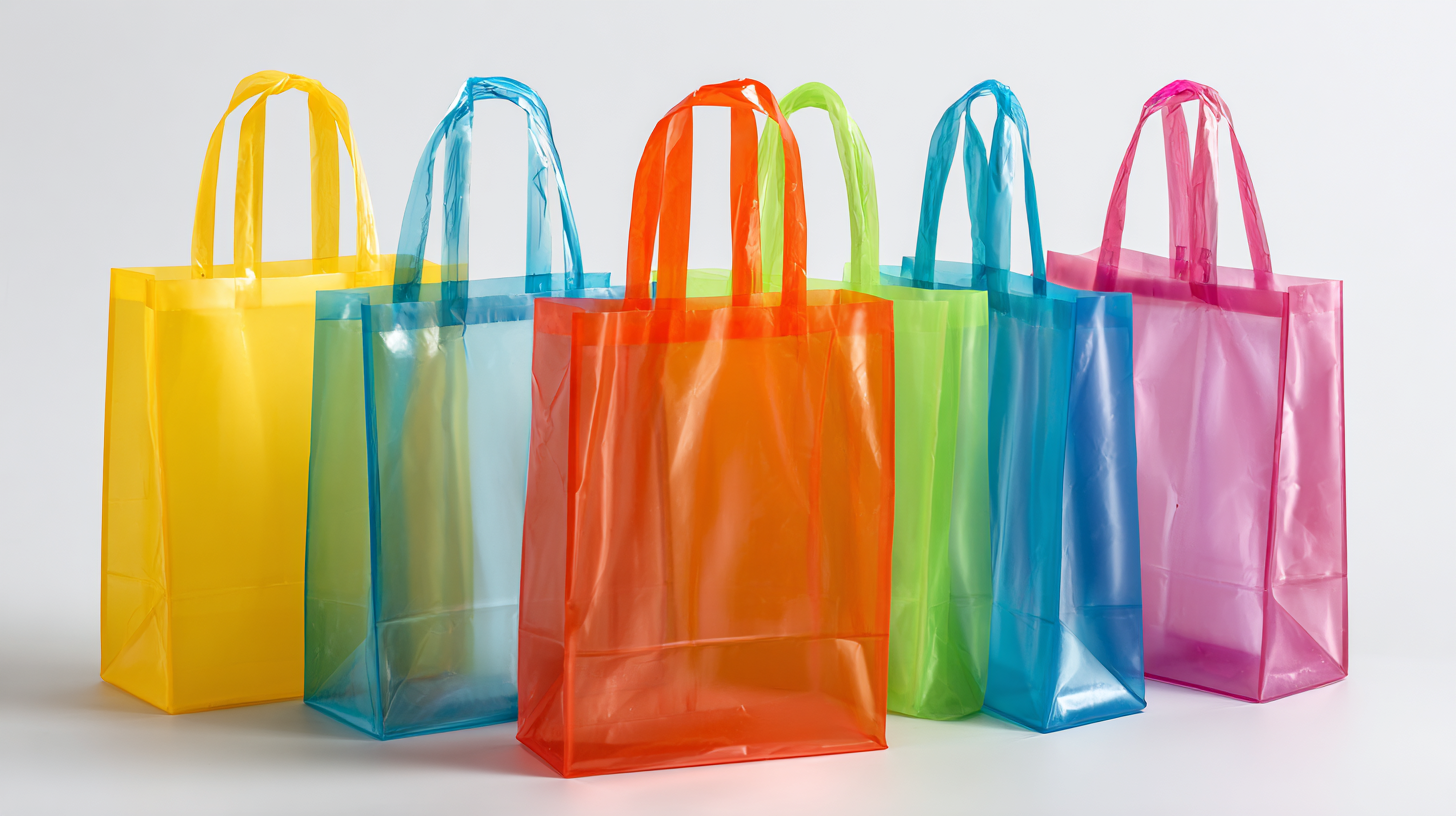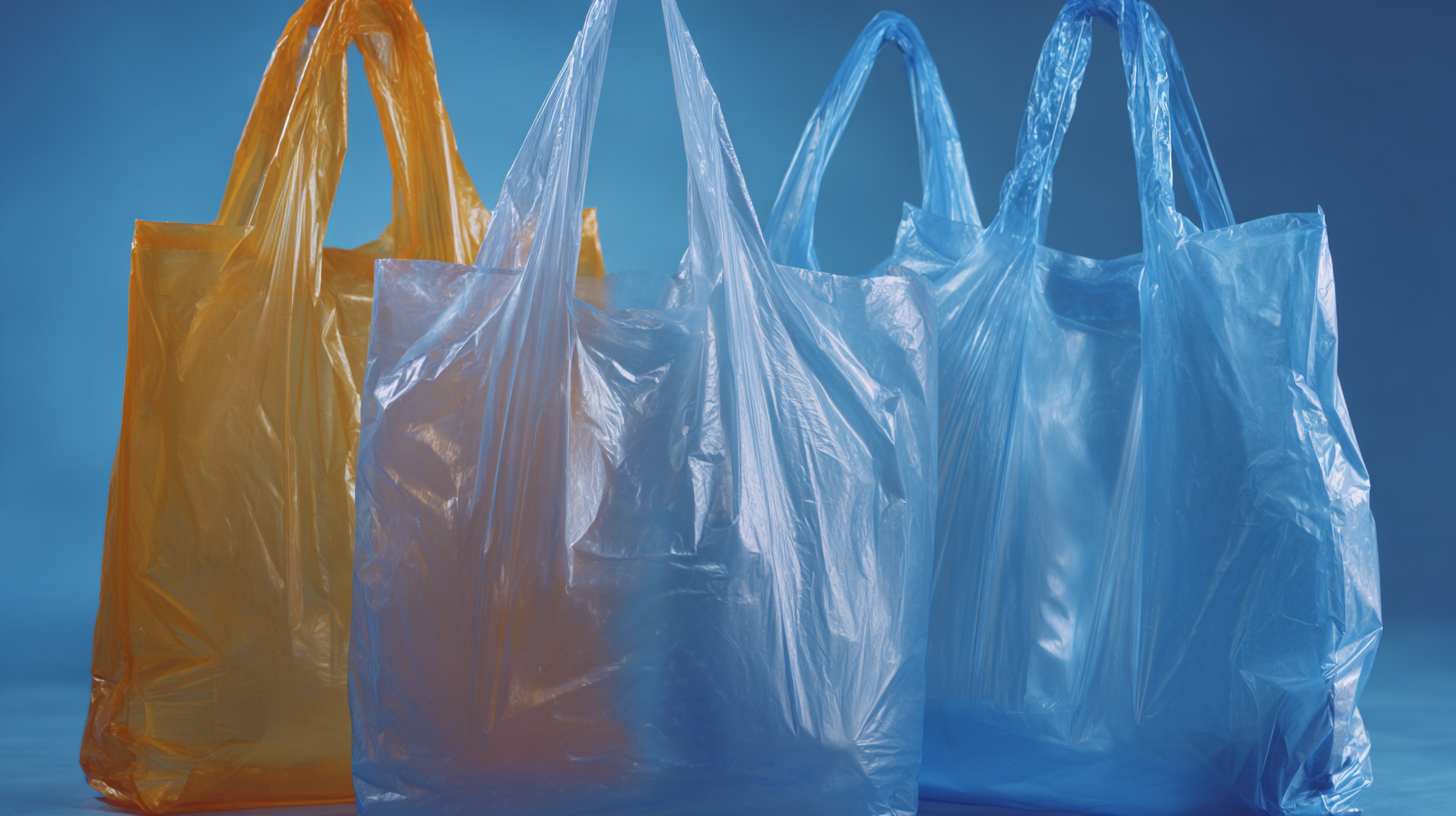- Phone:+86 15218629499
- Phone: +86 15766990063
- E-mail: Yzprinting01@163.com
In today's environmentally conscious market, the demand for effective and visually appealing packaging solutions has never been higher, making Plastic Bag Printing a crucial aspect of product branding. As businesses strive to stand out on crowded shelves, the techniques employed in the printing of plastic bags can significantly influence consumer perceptions and purchasing decisions. This blog explores the various techniques available for plastic bag printing, guiding you through the selection process to ensure that your packaging not only aligns with your brand identity but also meets the evolving preferences of consumers. Understanding the interplay between technology, design, and sustainability will empower businesses to choose the right approach, ultimately enhancing their market presence and supporting their commitment to environmentally friendly practices. Join us as we delve into the future of plastic bag printing, where innovation meets responsibility.

When selecting the right techniques for plastic bag printing, several key considerations come into play. One fundamental aspect is the type of plastic used, as it can significantly impact print quality and durability. According to a recent report by Smithers Pira, the global plastic bag market is expected to grow at a CAGR of 4.1%, reaching a value of $4.3 billion by 2025. This growth underscores the importance of using compatible printing methods tailored to specific materials like polyethylene or polypropylene to ensure optimal ink adhesion and longevity.
Another critical factor is the printing technology itself. Flexographic and digital printing are among the most widely used techniques in the industry today. A study from Grand View Research indicates that the flexographic printing segment accounted for over 50% of the total printing market share in plastic packaging due to its efficiency and cost-effectiveness for high-volume production. However, for smaller runs or intricate designs, digital printing offers the flexibility and speed that businesses increasingly demand, allowing for shorter turnaround times while maintaining high-quality outputs. Evaluating the scale of production and design complexity is essential for making an informed decision on the printing technique that best aligns with your business needs.

When it comes to printing on plastic bags, understanding the various printing methods available is crucial for achieving high-quality results. One of the most popular techniques is flexographic printing, which utilizes flexible printing plates to transfer ink onto the surface of the bag. This method is particularly efficient for large production runs, as it allows for quick color changes and is compatible with a wide variety of inks. Flexographic printing is ideal for designs with bold colors and intricate patterns, making it a preferred choice for retailers looking to make a strong visual impact.
Another method to consider is digital printing, which has gained traction due to its versatility and cost-effectiveness for smaller batches. Digital printing bypasses the need for plates, allowing for direct transfer of designs from a computer to the printing surface. This method is especially beneficial for companies that require customization, as it enables rapid changes to designs without significant setup costs. However, it may not be as durable as flexographic printing, particularly for large quantities that demand both quality and longevity.
Lastly, screen printing is a technique that involves pushing ink through a mesh screen onto the plastic surface. This method is well-suited for bold, simple designs, often used in promotional bags due to its vibrant colors and solid appearance. Screen printing may require longer setup times and is typically more suitable for lower volume orders, making it essential to choose the right technique based on production needs and design complexity. Understanding these methods will help businesses select the best approach for their plastic bag printing projects.
When selecting the best techniques for plastic bag printing, it's crucial to evaluate material compatibility to ensure optimal print quality. Recent advancements in 3D printing technology highlight the rising relevance of biocompatible materials and polymers that can meet the stringent demands of modern printing. For instance, studies indicate that employing recycled polymer plastics not only reduces waste but also opens avenues for more sustainable printing practices. This move towards sustainability is bolstered by research showing that the integration of natural waste materials can lead to high-quality, eco-friendly printing options that align with growing consumer demand for environmentally responsible products.
Moreover, the ability to precisely mix different , as demonstrated by new multifunctional 3D printers, echoes the significance of material selection in achieving intricate and vibrant print outcomes. This innovation allows for the combination of various materials, enhancing the properties of the final product while maintaining print integrity. As companies strive to adopt these environmentally friendly practices, it’s imperative to assess the compatibility of materials with the chosen printing technology to maximize efficiency and print quality. This approach not only supports creative design but also ensures that the printed products meet the necessary industry standards.

When selecting the right techniques for plastic bag printing, a critical aspect lies in conducting a comprehensive cost analysis to effectively balance quality and budget. According to a report published by Smithers Pira, the global plastic packaging market was valued at approximately $400 billion in 2019, with the custom printing segment growing at a rate of 4.5% annually. This trend emphasizes the importance of choosing the most suitable printing method without compromising quality, as consumers increasingly prefer bags that not only serve functionality but also showcase aesthetic appeal.
Digital printing, for instance, has emerged as a cost-effective option for short runs and customized designs. It reduces setup costs significantly, as no printing plates are required, which can save businesses around 30% compared to traditional methods like flexographic printing. A study by the Packaging Association revealed that over 60% of companies consider digital printing not just a budget-friendly alternative, but also a means to expedite production timelines without sacrificing quality. Consequently, companies must weigh their specific needs, including run lengths and design complexity, to make informed choices that align with their financial constraints while maintaining the integrity of their brand through high-quality printed bags.
This chart compares the cost and quality balance of various plastic bag printing techniques. The data represents the average cost per 1000 bags and the quality rating on a scale of 1 to 10.
As the focus on sustainability intensifies, the selection of plastic bag printing techniques must consider not only aesthetic and functional aspects but also their environmental impact. The recent statewide bag ban in Washington reflects a growing legislative push towards reducing plastic waste. This has spurred businesses to innovate their practices, with significant adoption of recyclable alternatives and materials designed for easy customer recycling. For plastic bag printing, this means prioritizing techniques that reduce plastic use and waste, such as utilizing eco-friendly inks and prints that emphasize sustainability.
One promising direction lies in the exploration of hybrid materials. Research into coir-paper composite carry bags highlights the potential for eco-friendly options that can replace conventional plastic bags. By incorporating sustainable materials in the design process, manufacturers can pave the way for a more circular economy, addressing the problems associated with multilayer packaging. As the flexible plastic packaging market evolves, companies will increasingly need to adopt printing technologies that align with sustainability goals, balancing consumer demands with the pressing need to mitigate plastic pollution.
| Printing Technique | Sustainability Rating | Ink Type | Eco-Friendly Materials | Recyclability |
|---|---|---|---|---|
| Flexographic Printing | High | Water-based Ink | Yes | Yes |
| Digital Printing | Medium | Eco-Solvent Ink | Yes | Yes |
| Screen Printing | Low | Plastisol Ink | No | No |
| Gravure Printing | Medium | Solvent-based Ink | No | Yes |
| Offset Printing | Medium | Oil-based Ink | Yes | No |
